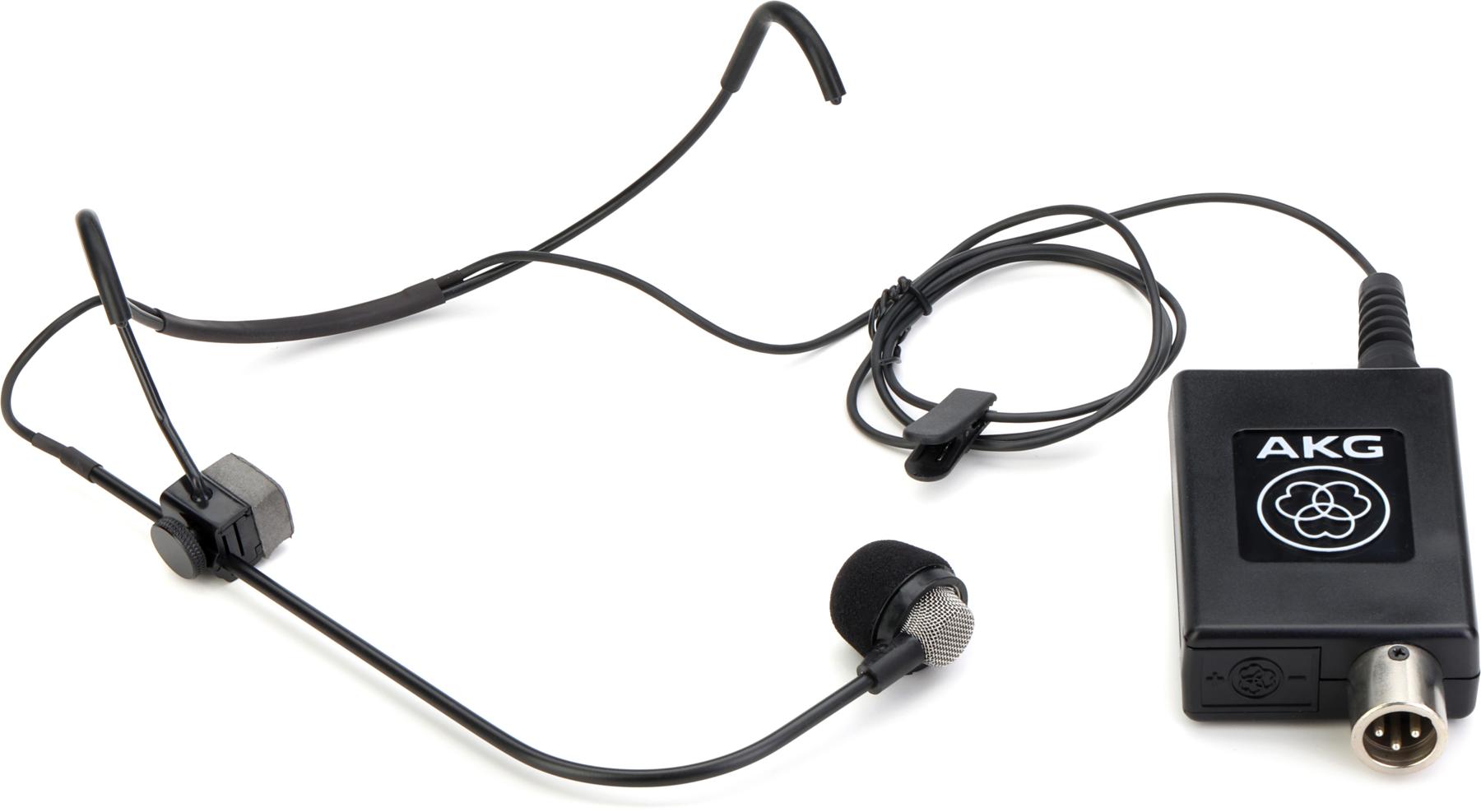Top ten mistakes Sound people make on digital mixers – #6
- One of the biggest soundcheck mistakes is when the pastor speaks in a different voice during soundcheck than he or she normally does during the sermon.

This article is part of a series called The Top 10 Mistakes Church Sound People Make With Mixing Consoles. We’re on number 6. Go here for part 1.
#6 – Adjusting house EQ to correct Lapel microphone feedback
I cannot count the number of times when I have tuned a room and then gotten complaints about the system sounding “thin.” I then find that the sound person or sound operator has hacked up the main L/R graphic EQ to fix a Lavalier microphone feedback issue. In doing this, you are not actually fixing the problem.
Typically, when a system is tuned or commissioned, the PA will have a system tuning or a system EQ. Back in the analog days, there was a 31-band graphic EQ for mono systems and a 2-channel or stereo 31-band EQ for stereo systems, and maybe a notch filter (a parametric EQ) for Room Modes (problematic frequencies that cause feedback due to the acoustics/shape of the room/etc.).
Today, in the modern world of system tuning, everything is digital. So, EQ is built-in and not the best quality. Rarely do you see “graphic” EQs for tuning a room. DSPs, or system processors, can have as few as two to four outputs or up to hundreds of inputs and outputs. Think of a stadium or an airport sound system with multiple zones.
Even so, without fail, an inexperienced sound person will get feedback on a lapel mic and run out of EQ filters on the mixing console’s channel strip. Then the church tech director will start to “EQ” on a mains L/R, which nearly all digital mixing consoles have.
Where most of these issues can actually be solved by fixing improper lapel microphone placement on the person presenting.
How To Troubleshoot Lapel Microphone Feedback
Adjust The Microphone
Adjust the lapel or headset mic so it is as close to the point source (the mouth) as possible. On a lav/lapel microphone, I place it 1 inch below where the knot of the tie would be. A headset microphone is usually better for avoiding feedback, but big female hair can be an issue.

On a headset, I place the microphone about an inch back from the corner of the mouth and I use medical tape to secure a headset, especially single earpiece headsets. These small capsules are prone to plosives. Ps and Bs will pop and breath noise will be accentuated if it is closer. Don’t place the head of the mic directly in front of the person’s mouth. For those of you wanting to look like Garth Brooks with his Crown CM11* directly in front of his mouth, your worship team will probably not sign off on that because it is a bit obtrusive.
*Our website is supported by our users. We sometimes earn affiliate commissions when you click through the affiliate links on our website. Contact us with questions.
Use A High-Pass Filter and Graphic EQ
Use a high pass filter or a shelving EQ that cuts frequencies below a predetermined point, which is usually 80 or 100 Hz. Work on the input strip for EQ. If your digital console has a delay on input channels, put a 5 ms delay on the input of the lapel or headset microphone. This moves the lapel mic virtually (in time) back “upstage” about 5 feet. It sounds like fairy dust, but trust me, it works.
Insert a graphic or parametric EQ on the lavalier microphone or lavalier group and mute all unused mics. “Ring” that mic out like you would a monitor system. Make sure it sounds natural, so listen to the person speak before you amplify them, and then amplify them and ensure it sounds somewhat the same. Narrow filter cuts sound more natural than wide ones. The old adage is “boost wide” and “cut narrow.” If you stick to that best practice, it will likely sound more natural.
With a digital console, you should have enough tools at your disposal to correct any feedback issues without adjusting house tuning. Some front-of-house guys like to have a house EQ setting for music and another for speech. As a rule, I usually do not prefer this. Mainly because I will forget to switch it and then need to troubleshoot my own mistake. The pastor usually has to speak over music at the altar call/response time for church work. So, which EQ setting is supposed to be used?
I tune systems for one tuning (for typical church services) and EQ lapels to operate “feedback-free” in that tuning.
One of the biggest soundcheck mistakes is when the pastor speaks in a different voice during soundcheck than he or she normally does during the sermon.
The same can be said of a vocalist “holding back” during rehearsal and letting adrenaline take over during service… but more on that in another article.
The Biggest Soundcheck Mistake Is Not Having One
Pastors, this might cramp your style, but you will have better results by having a mic check before the service starts and before the congregation arrives. Otherwise, the sound person needs to make adjustments during the first few sentences of your sermon and that’s a recipe for feedback and that frustrated look back to the sound booth. I like to have the pastor soundcheck after the band plays as it’s the same flow that usually will happen during the church service.
Correct Lapel Microphone Sound Pressure Level
And lastly, it is really difficult to get a lapel mic’s SPL (sound pressure level) as loud as the last song, especially if the pastor speaks quietly. Your congregation’s ears will eventually adjust from the last song in the worship set at “full tilt boogie volume” to the soft-spoken word, but not instantly. It will take a moment. You can take it up with the Creator. It’s just physics, folks.
In the meantime, happy mixing and creating an environment for worship!
READ MORE TIPS
- #10 – Signal Flow At The Front End of the Mixer
- #9 – Not Knowing The Signal Flow In The Mixer
- #8 – Improper Gain Staging
- #7 – Abusing EQ On The Channel Strip
- #6 – Adjusting House EQ to Correct Lapel Microphone Feedback
- #5 – Misuse of Compression
- #4 – Overuse of Plug-ins
- #3 – Mixing Levels With A Sound Meter
- #2 – Not Listening to the Monitor from the Musician’s Position
- #1 – Mixing on Snapshots Alone
Listen to our Latest Devotional
What's Your Reaction?
Michael is a 35+ year industry veteran with a passion for training in the technical arts. He holds a bachelor’s degree in Ministry and Worship Arts. He has a background that includes touring, system design, and consulting, and he has been on church staff as an Audio Engineer, Technical Director, Media pastor, and Worship Pastor. He has been a technical consultant for Air Force Entertainment, written curriculum for Christ for the Nations, and served as Adjunct Professor in the Worship and Tech Arts degree Program. He has been involved in sales and training for numerous manufacturers. He founded LiveWorshipAcademy.com, the first online certification program for church volunteers in the technical arts, and is the Director of Content. He is able to speak into the lives of both artistic and technical individuals, teaching technology as well as the worship theology behind it.






